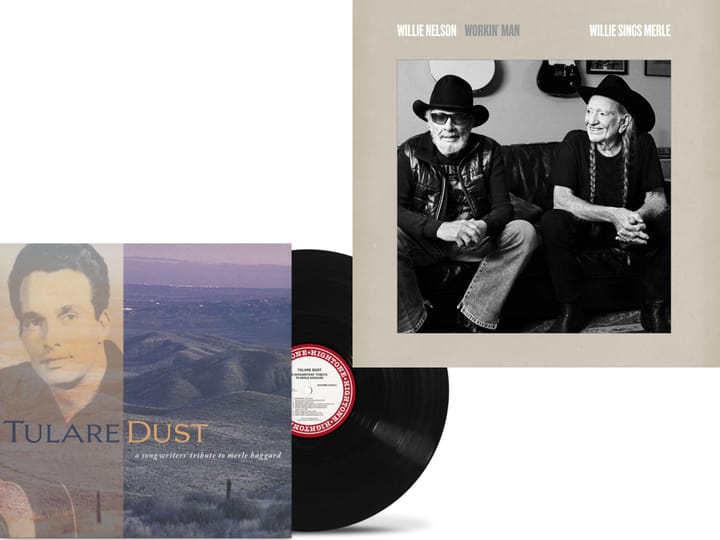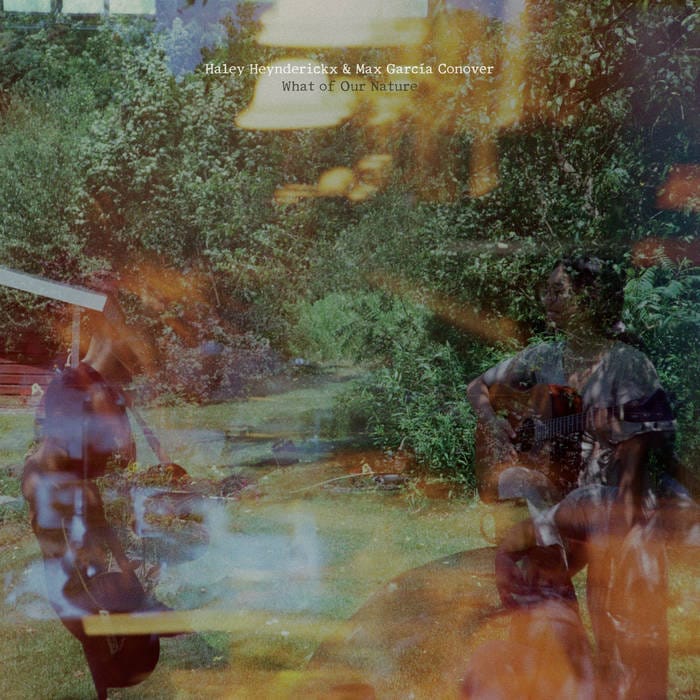The advent of rock 'n' roll indisputably altered the course of American cultural history. It's virtually impossible to overstate how dramatically this society's music changed during the 1950s, but it is possible to undervalue every style, idiom and sound that led to the emergence of rock. A prime example of that tendency is embodied in the decision to subtitle this magnificent four-disc box set The Secret History Of Rock & Roll.
This stunning package gathers essential classic and Delta selections, piano boogie numbers, gospel blues, even related country and folk items. It's a magical aural history of the differing genres and idioms initially marketed as "race" music, largely produced and marketed to black audiences from the late '20s until the mid-'50s.
The Victor Talking Machine Company, later Victor and RCA Victor, made an early mark recording the music of black and white Americans, but later created Bluebird as a budget line. No one ever proclaimed the company a "race" label, and Bluebird always had pop and country acts on the roster, but blues and jazz were its strong suit. Inevitably, as these and other strains such as white gospel and jazz converged into what became known as rock 'n' roll, the resulting music was too powerful and alluring -- and profitable -- for its reach to be limited only to African-Americans.
The problem with viewing the material on these discs as "pre-rock 'n' roll" is that it devalues its importance as the musical blueprint of black life prior to the civil rights era. Many of the singers, guitarists, pianists and performers spotlighted on the set's 100 numbers, even those who didn't enjoy big hits, weren't obscure figures within the African-American community. Instead, they were part of an evolving scene as vital and as significant as anything that came later.
That misgiving aside, no other complaints need be made about these discs. Each CD has been given a separate title, and can be purchased on its own. The opening disc, Walk Right In, establishes the set's mood with foundation cuts taken from early styles: the jug-band sounds of Gus Cannon on the title number, DeFord Bailey's searing "Davidson Country Blues", Lead Belly's dynamic "The Midnight Special", among others.
Numbers designed to show the impact of theatrical and gospel approaches on blues artists are also included. Paul Robeson's rendition of "Sometimes I Feel Like A Motherless Child" has plenty of bombast and baritone splendor, but neither it nor the Hall Johnson Choir's "St. Louis Blues" has as much spark or staying power as the Rev. J.M. Gates' thunderous "Somebody's Been Stealing" or Alberta Hunter's "Beale Street Blues".
There are also tremendous numbers by Big Joe Williams, Big Bill Broonzy and Bukka "Washington" White, plus a trick selection or two such as the Cajun anthem "Les Blues De Voyage", which pairs Amede Ardoin and Denis McGee in an early interracial musical summit meeting.
The next disc, The First Time I Met The Blues, mixes the cascading, strutting tones of Victoria Spivey on "Telephoning The Blues" and Sippie Wallace on "I'm A Mighty Tight Woman" with the joyous, slashing jug-band work of Gus Cannon on "Viola Lee Blues". Also included are the wailing, sometimes musically maddening grunts, whines, moans and slashing guitar of Blind Willie McTell's immortal "Statesboro Blues", and Tommy Johnson's majestic "Canned Heat Blues".
Country legend Jimmie Rodgers' unforgettable "Blue Yodel #9" appears here as well, as does the less important but equally enjoyable "Red Nightgown Blues" by Jimmie Davis. Compositions range from sexually charged double-entendre hokum to bellicose preaching to defiant commentary to pained refrains to heartache recitations. The first two discs nicely illuminate the lyrical variety and often evocative imagery that's the primary lure of early blues.
On the third installment, the arena shifts to Chicago, where the blues were maturing into both an industry and an art form on the city's south side. These songs represent a transitional phase in the 1930s and '40s, with artists clinging to the traditional blues form but also inching toward crafting a more forceful vocal approach and a faster, scintillating rhythmic pace. Peetie Wheatstraw's ominous "Peetie Wheatstraw", with its odd piano intervals and slurred vocals, and "Lovin'" Sam Thread's title cut, with its presentation of the black community as a liberating enclave, get things started, while Tampa Red, Jazz Gillum, Yank Rachel, Johnny Temple and others keep things moving.
Once more, there's plenty of salty, sassy and sometimes obscene lyrical content, plus rollicking backbeats, crackling piano licks, and explosive but restrained guitar accompaniment. But while there's a degree of sameness and familiarity once you've gotten to the latter tracks, the overall quality remains high. Indeed, such artists as pianist Leroy Carr and guitarist Scrapper Blackwell, the frenetic guitarist and frequently provocative vocalist Memphis Minnie, and boogie-woogie masters Meade Lux Lewis and Walter Davis made songs that were both immensely popular and musically inspired.
The final disc, That's All Right, moves into the period immediately prior to rock 'n' roll. While there's more fine boogie-woogie piano from the duo of Pete Johnson and Albert Ammons as well as Piano Red and Roosevelt Sykes, plus spicy material from Lil Green, the fresh sounds on the horizon are presented by Little Richard's rousing "Get Rich Quick", Sonny Terry's "Ride & Roll", Johnny Moore's Three Blazers instrumental piece "How Blue Can You Get", and the jive jazz vocals of The Cats & A Fiddle on "I'd Rather Drink Muddy Water".
Richard's cut was his first single, and he's still working out the kinks while belting out an array of nonsense syllables abetted by a screaming whoop borrowed from gospel singer Marion Williams and pro forma barrelhouse piano licks. Terry is doing a straight uptempo groove number, sounding less sure of himself than usual, but augmenting a shaky vocal with flashy harmonica and getting strong guitar help from both Sticks and Brownie McGhee, with the great jazz bassist Milt Hinton anchoring things. The Cats & A Fiddle track, as well as the Five Breezes' "My Buddy Blues", are experiments: The Breezes recast the Mills Brothers' instrumental imitations and interactions into a tighter blues setting supervised by legendary bassist/composer Willie Dixon, while the Cats feature prominent harmonies, supple bass and guitar assistance, and Austin Powell's graceful lead.
With so many ponderous and expensive box sets purporting to be the complete this and total takes of that, The Secret History Of Rock & Roll qualifies as both a comprehensive work and a reasonably priced one. Just realize that to many African-Americans, these sounds were never a secret.




Comments ()